1. Honey

You might drizzle it on your toast without a second thought, but honey is one of the oldest foods we still eat today. Ancient Egyptians used it not just as a sweetener, but also to embalm their dead, which is both fascinating and a little unsettling. Archaeologists have even found pots of honey in Egyptian tombs that are over 3,000 years old and still perfectly edible. That’s because honey never really spoils, thanks to its low water content and high acidity shares Wikipedia.
Back then, honey was a sacred food, believed to be a gift from the gods. In India, it played a role in early Ayurvedic medicine. The Greeks used it in cakes and offerings, and the Romans spread it across their empire. So the next time you sweeten your tea, you’re partaking in something that once belonged to pharaohs and priests adds the Honey Association.
2. Olives

Olives might seem like a modern charcuterie board staple, but they’ve been a part of human diets since at least 6,000 years ago. Ancient Greeks and Romans didn’t just eat them, they built economies around them. Olive oil was used for cooking, skincare, lighting, and even religious rituals. In fact, athletes in ancient Greece would rub it on their bodies before competing shares Scientific American.
Olive trees were so valuable in Athens that cutting one down could be a criminal offense. There was even a belief that the goddess Athena gave the city its first olive tree as a divine gift. Today, whether you’re biting into a kalamata or drizzling olive oil over a salad, you’re tasting something with mythological roots. And honestly, it’s aged pretty well says Treehugger.
3. Lentils
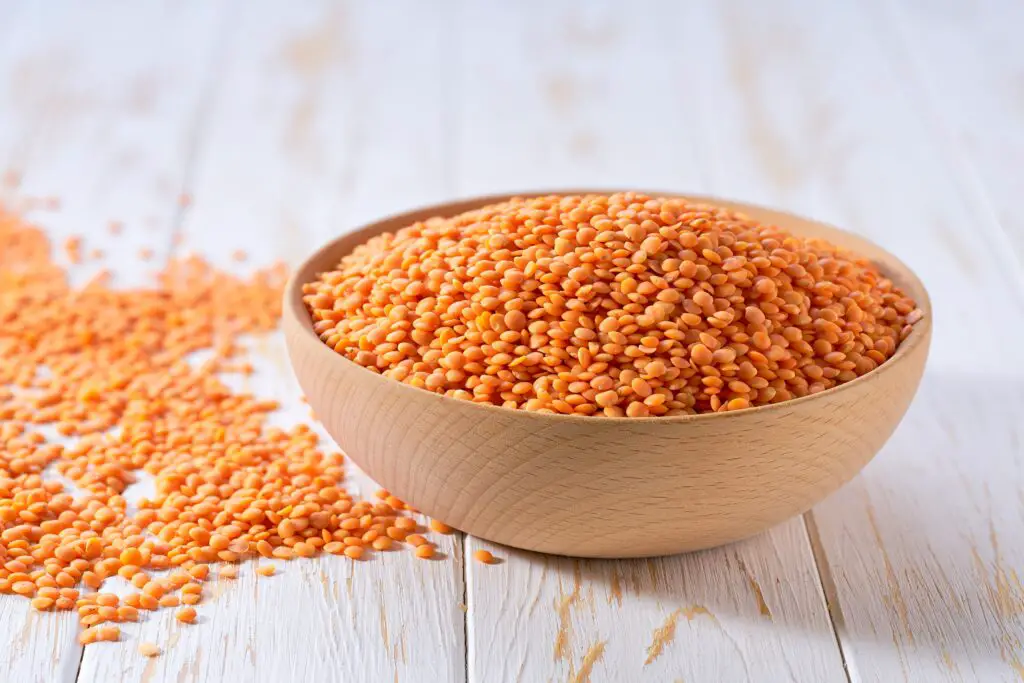
These humble legumes have been feeding people since the Stone Age, and they were a staple in Mesopotamia more than 8,000 years ago. They’re one of the first crops ever domesticated, and for good reason—lentils grow quickly, store well, and pack a protein punch. Ancient Egyptians ate them, and even the Bible mentions lentil stew. That’s some culinary staying power.
Interestingly, lentils were sometimes seen as food for the poor, but they were also used in rituals and offerings. Roman soldiers carried them as a battlefield staple. Now, they’re having a bit of a renaissance in everything from soups to veggie burgers. So the next time you’re eating a lentil salad, know you’re enjoying something with Neolithic street cred.
4. Garlic
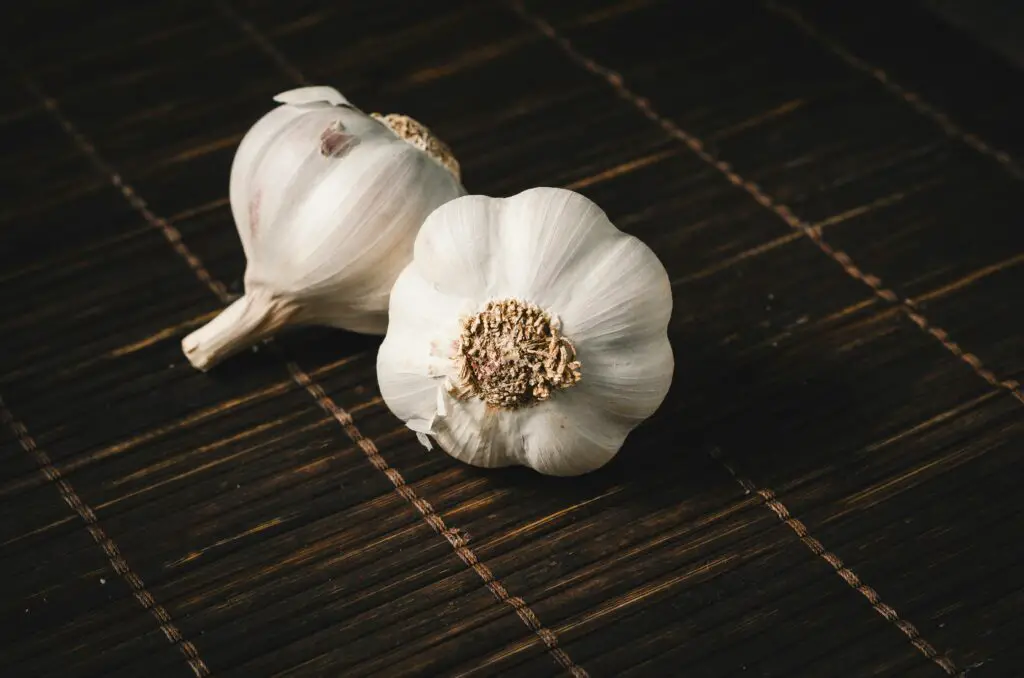
Garlic has been around so long it might as well have a senior citizen discount. Used in both food and medicine, garlic was a key ingredient in ancient Egyptian, Greek, and Chinese civilizations. The Egyptians fed it to pyramid builders to boost strength and stamina. They believed it had powerful healing properties and even used it in religious rituals.
Greek athletes and soldiers also relied on garlic as a kind of ancient performance enhancer. The smell may have been intense, but it was practically revered. Romans believed it could ward off disease and evil spirits. So if your pasta dish is heavy on garlic, you’re actually in very old and slightly superstitious company.
5. Dates
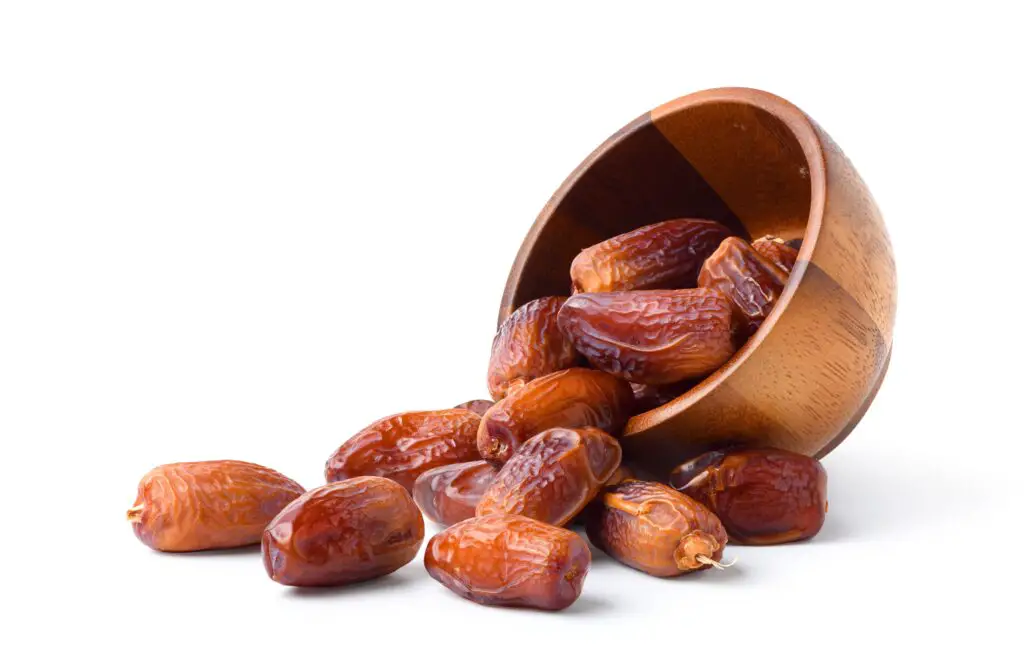
Sweet, chewy dates are another ancient snack that’s stood the test of time. People in the Middle East and North Africa have been cultivating date palms for over 6,000 years. They were a vital source of energy in hot, arid climates, and date palms were often considered sacred. In Mesopotamia, dates were used in bread, beer, and even wine.
They were also symbols of prosperity and fertility, and entire poems were written about them. Roman soldiers used them as rations, and they’ve remained a cultural staple during Ramadan and other religious observances. Now you’ll find them in smoothies and protein bars. Not bad for a fruit that used to be part of ancient desert survival.
6. Barley
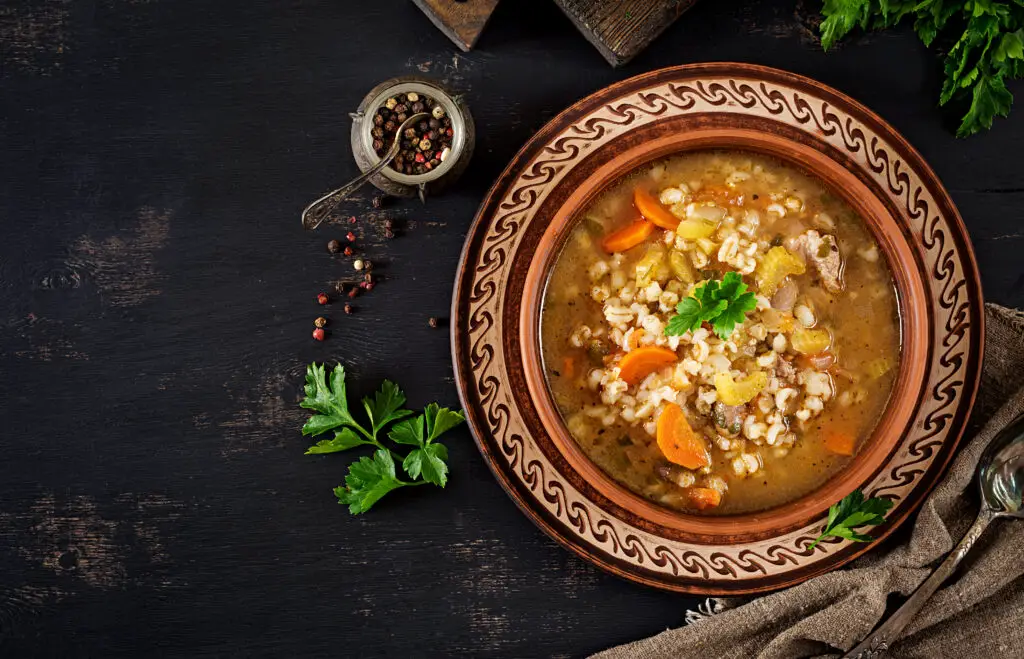
Barley might not sound thrilling, but it was the backbone of many ancient diets. The Sumerians brewed it into some of the earliest forms of beer, and Egyptians used it in both bread and beer-making. It was so essential that it sometimes served as currency. In fact, Babylonian law even included barley rations for workers.
The Greeks and Romans turned it into porridge, which was a staple for gladiators. In Tibet and parts of Asia, it’s still used to make a roasted flour called tsampa. These days, you’ll spot it in soups or health-conscious grain bowls. So while it may be unassuming, barley’s been feeding empires for millennia.
7. Seaweed
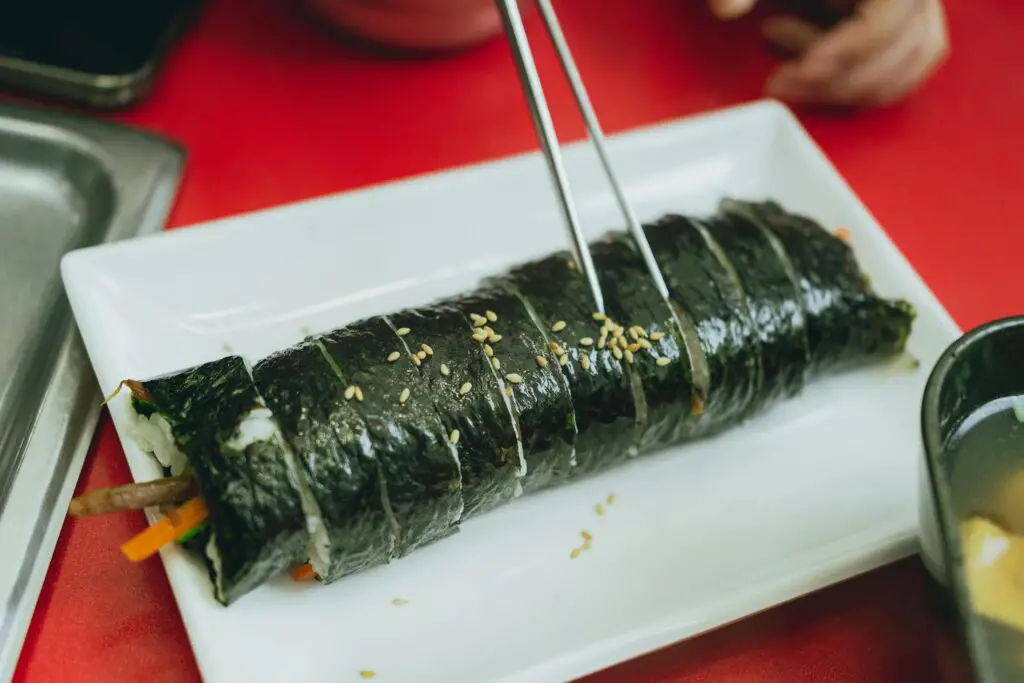
You might associate seaweed with sushi, but coastal civilizations have been eating it for thousands of years. In ancient Japan and China, it was a common part of the diet and even used in early forms of medicine. Meanwhile, the Irish were drying and eating dulse (a red seaweed) long before anyone thought to wrap fish in nori. Seaweed was prized for its mineral content and digestibility.
It’s also one of the few “vegetables” that can be foraged straight from the ocean, which made it a survival food. During famines, people turned to seaweed when other crops failed. Now, it’s considered a superfood and sold in trendy snacks. It’s funny how something that once screamed desperation is now a health craze.
8. Pomegranates
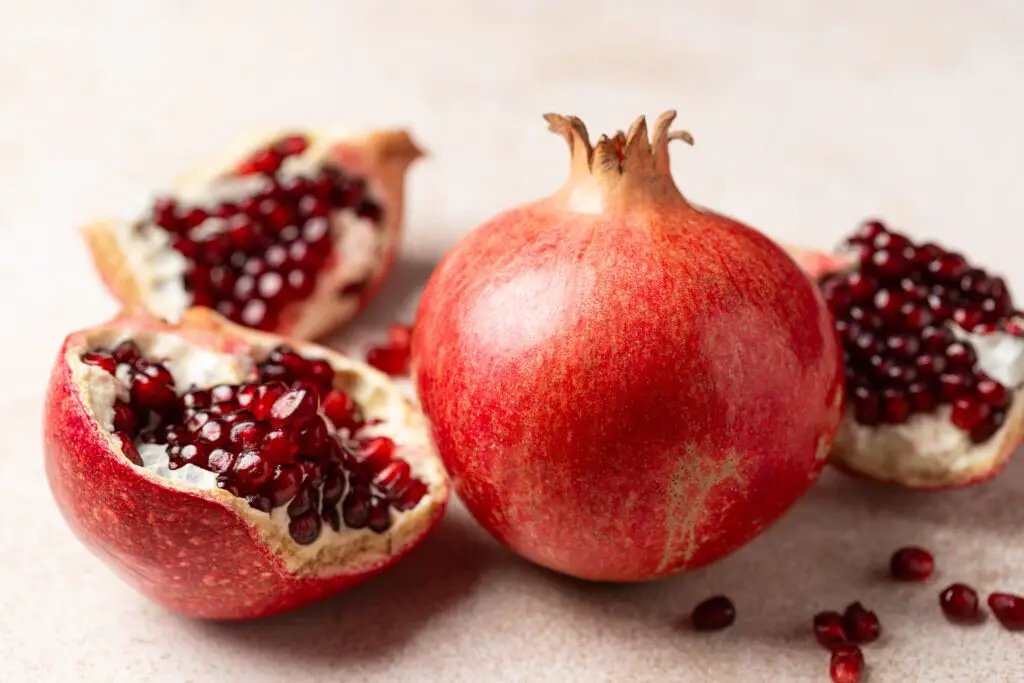
Pomegranates are having a moment now, but they’ve been symbols of life and fertility since ancient times. The fruit was cultivated in Persia as early as 3,000 BCE and spread through the Middle East and Mediterranean. Egyptians placed them in tombs for the afterlife, and Greeks told myths involving them—remember Persephone and her trip to the underworld? All that drama over a few pomegranate seeds.
Romans used them in sauces and drinks, believing they promoted health and vitality. In traditional Chinese medicine, they were believed to help with digestion and circulation. Today they’re juiced, sprinkled over salads, or eaten straight. One bite and you’re connecting with a fruit that’s been immortalized in legend.
9. Yogurt

While yogurt is now a breakfast staple, its origin was a happy accident from Central Asia. Nomadic herders stored milk in animal stomachs, which curdled into something creamy and tangy. That unexpected fermentation turned out to be both tasty and easier to digest than plain milk. Ancient Persians, Indians, and Turks all embraced yogurt for its health benefits.
It was often mixed with honey or herbs, and in India it became a sacred food used in rituals. The Greeks adopted it, too, and used it for everything from digestion to skincare. Today we’ve added fruit and fancy packaging, but the basics haven’t changed. And to think, it all started with a curdled surprise.
10. Grapes
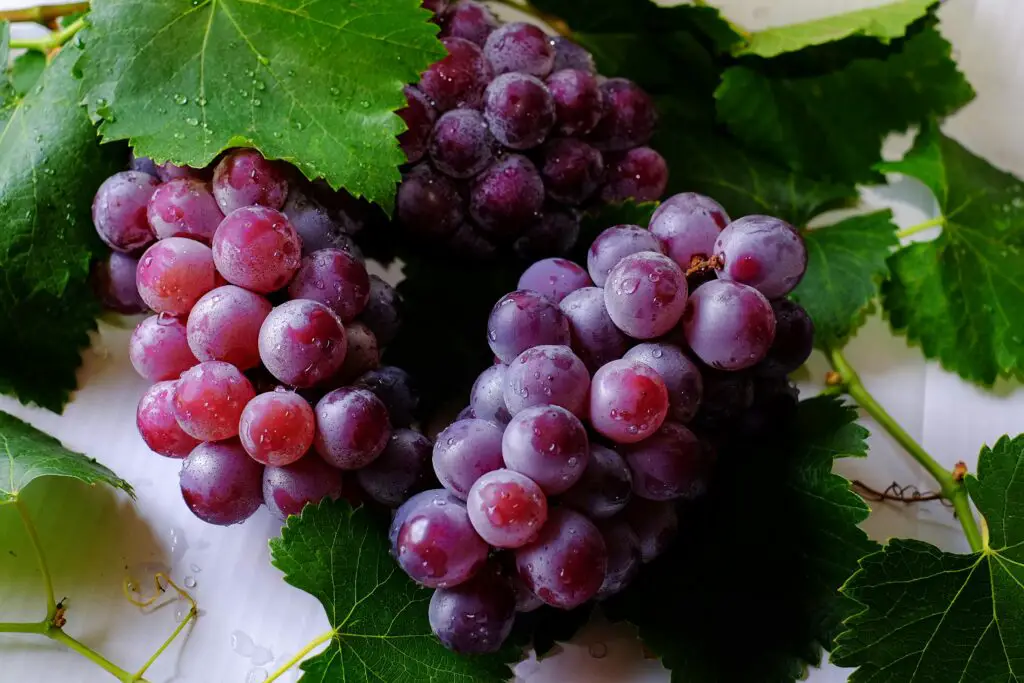
Long before they were crushed into wine, grapes were being eaten off the vine in the Fertile Crescent. Archaeologists have found grape seeds in sites dating back over 8,000 years. Ancient Egyptians made wine from them, and the Greeks believed Dionysus, the god of wine, lived among the vines. Romans perfected vineyard cultivation, making wine a daily necessity.
But grapes weren’t just for drinking. They were sun-dried into raisins, turned into syrups, or eaten fresh by nobility and commoners alike. The symbolism of grapes shows up in religious texts, royal imagery, and epic poems. Whether you’re sipping merlot or snacking on a cluster, you’re enjoying something steeped in myth and tradition.
11. Mustard

That squirt of yellow on your hot dog? Its ancestors were used by ancient civilizations as a spice and medicinal herb. The Chinese and Indians were grinding mustard seeds thousands of years ago. Romans mixed them with unfermented grape juice to make a kind of early Dijon. They also believed it could treat everything from scorpion stings to sore throats.
The Greeks thought mustard was a gift from Asclepius, the god of healing. It was popular for its strong flavor and easy storage. Now it’s mass-produced in squeeze bottles, but the tangy punch remains the same. It’s kind of wild to think that something so old is still such a barbecue essential.
12. Chickpeas
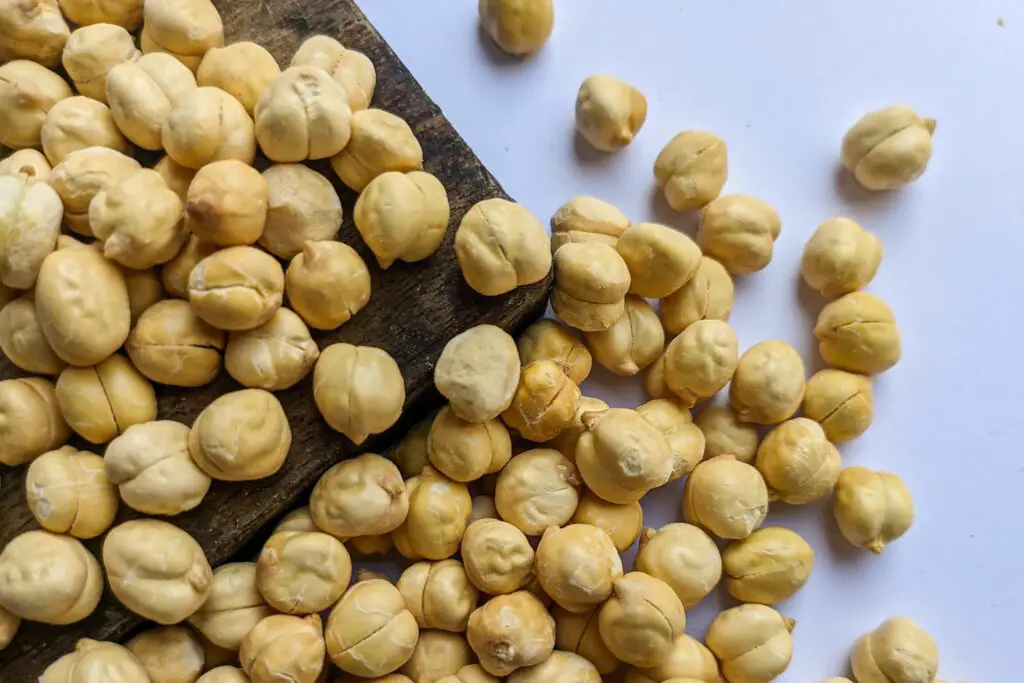
Chickpeas go way back to the Neolithic period, with traces found in Turkey dating over 7,000 years old. Ancient Greeks and Romans loved them roasted, mashed, or stewed. They were considered good for the body and even believed to be an aphrodisiac. Roman philosopher Cicero was even named after them—“cicer” being Latin for chickpea.
They made their way into Indian and Middle Eastern cuisine and are now the base for hummus and falafel. During hard times, they were ground into flour or used as coffee substitutes. Today they’re in everything from salads to pasta alternatives. They’ve definitely earned their spot in the pantry.
13. Figs
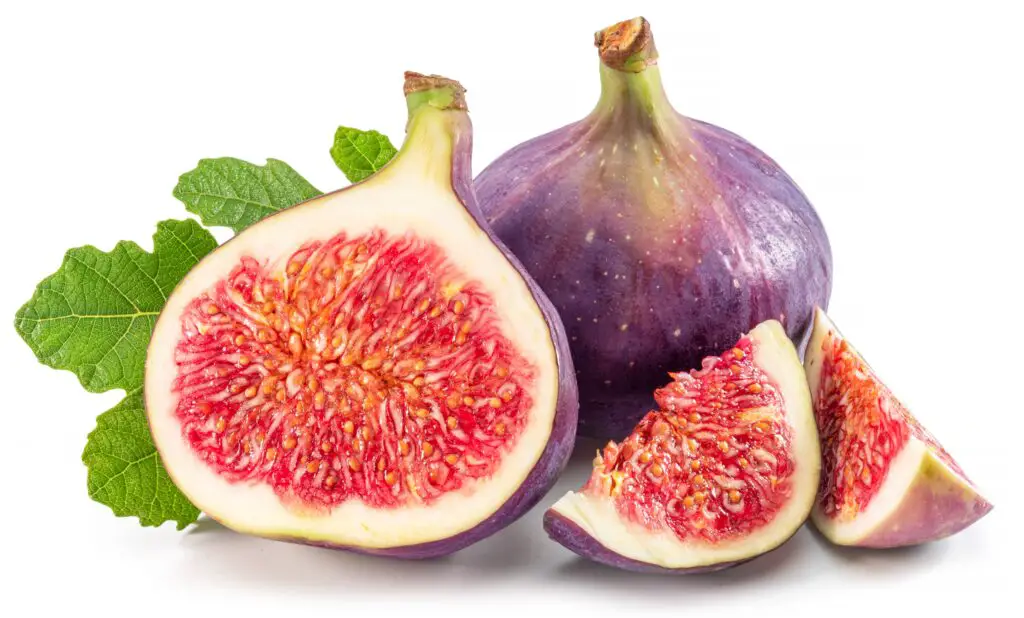
Figs were one of the first plants cultivated by humans, possibly even before wheat. They were a favorite of the ancient Egyptians, who used them as sweeteners and offerings. In Greece, they were considered a sacred fruit and closely linked to Dionysus. Even the Bible mentions Adam and Eve covering themselves with fig leaves, which says a lot about how long they’ve been around.
Romans carried them across their empire and believed they boosted strength and stamina. They were also a big deal in early Islamic texts and stories. Dried or fresh, they’ve been part of human diets for ages. That chewy bite into a fig bar? It’s ancient history you can actually taste.
